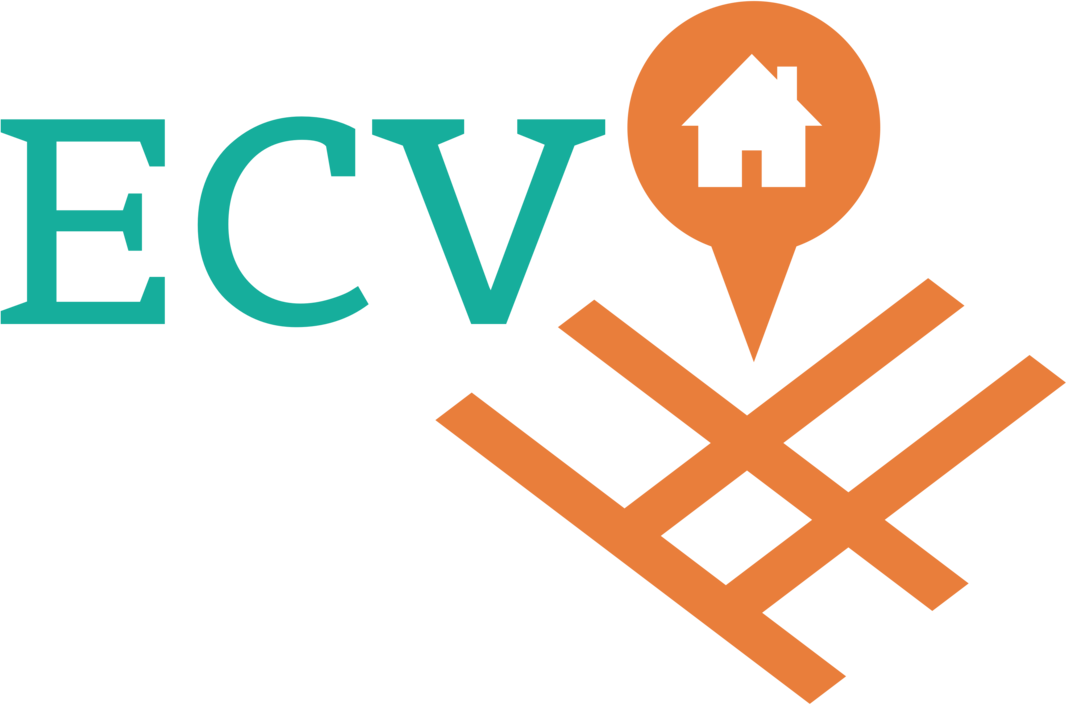Stroke Awareness: Know More About This Fatal Condition
Stroke is one of the leading causes of death and disability worldwide, it comes second after heart disease. More than 795,000 people in the United States have a stroke every year according to the Centers for Disease Control and Prevention (CDC). The statistics are alarming, and potentially having a stroke sound scary, fortunately, up to 80% of strokes can be prevented with early detection and proper care. Whether you're at risk for stroke or simply want to learn more about this life-threatening condition, this blog will provide the knowledge and tools you need to stay healthy and safe.
What is a Stroke?
A stroke happens when the blood flow of some part of the brain is interrupted or blocked. The blockage prevents oxygen and other nutrients to travel to the brain and causes brain cells to die.
There are two types of strokes: Ischemic strokes and Hemorrhagic strokes.
Ischemic stroke - this type is the most common and makes up about 87% of all stroke cases. An Ischemic stroke is caused by an artery blockage from a blood clot formation within the vessels inside or outside of the brain.
Hemorrhagic Strokes - this type of stroke occurs when the blood vessel in the brain ruptures.
Anyone can have a stroke, however, some people are at higher risk such as those with diabetes, a family history of stroke, sleep apnea, heart disease, high blood pressure, low physical activity, obesity, and those who smoke.
Symptoms of Stroke
It is important to spot a stroke immediately to gain immediate help and treatment. Some symptoms of stroke include numbness of the face, arms, and legs, difficulty speaking or understanding speech, trouble seeing, trouble walking, and loss of balance and coordination.
The F.A.S.T test is a test you can do if you think that you or someone you know is having a stroke.
(F) Face - check if one side of the face is drooping. Asking the person to smile can help you with this
(A) Arm - check if one arm drifts downward or feels any weakness.
(S) Speech - check if you or the person is having speech difficulty
(T) Time - Call an emergency hotline right away if you see any of these symptoms
Complications After a Stroke
After having a stroke, individuals may experience a range of physical, emotional, and cognitive problems, depending on the location and severity of the stroke. Some common problems that may arise after a stroke include:
Weakness or paralysis
Difficulty with speech
Memory difficulty
Pain and numbness
Trouble chewing and swallowing
Emotional problems
These effects may last depending on the severity of the stroke. Some may recover fully with only mild symptoms, while others may experience long-lasting effects. Rehabilitation, including physical therapy, speech therapy, and occupational therapy, can help individuals regain function and improve their quality of life.
How to Prevent Stroke
As mentioned earlier, 80% of strokes can be preventable, and this is possible through choosing a healthier lifestyle. Although there are some risk factors that are controllable such as age, genetics, gender, and race, we can choose to make changes to factors that we can control.
Here are some tips for stroke prevention:
Manage and control blood pressure
High blood pressure is one of the most significant risk factors for stroke, it is important to always monitor your blood pressure and avoid elevating it. You can maintain healthy blood pressure by exercising regularly, avoiding foods high in sodium, fats, and preservatives, limiting alcohol consumption, and taking any prescribed medication for maintenance.
Maintain a healthy weight
Studies have shown that every increased unit of the body mass index (BMI) is a 5 percent increase in the risk of stroke. According to the World Stroke Organization (WSO), being overweight is one of the top ten risk factors for stroke. Having excess weight increases your risk of high blood pressure, heart disease, and cholesterol, which are all risk factors for stroke. You can reduce your risk of stroke by maintaining a healthy weight and having a BMI within the normal range.
Avoid or quit smoking
Smoking increases the stickiness of the blood making a person more susceptible to blood clots. It also damages the blood vessels and makes it harder for the heart to pump blood. Smoking contains carbon monoxide which reduces the amount of oxygen in the blood. There are plenty of reasons why smoking is bad, if you are looking for a sign to stop smoking, this is it.
Maintain a healthy lifestyle
Maintaining a healthy lifestyle means eating a healthy diet, exercising regularly, avoiding consuming things that are bad for your health, and being consistent with all of these things. Eating healthy avoids obesity, cholesterol, and high blood pressure, the same goes for exercising. If you want to avoid and prevent stroke, you should start with the basic healthy habits that you know of.
Conclusion
Stroke is a serious and life-threatening medical condition that affects a lot of people. Studies have shown that nearly 1 in 4 people can experience stroke in their lifetime. It is important to know the signs and symptoms of stroke in order to get immediate help. The effects of stroke may be long-lasting or short depending on the severity of the case and the effectiveness of treatments.
Are you or do you know someone who is at risk of stroke? Share this blog with them to spread awareness about stroke and its signs and symptoms. Help us save as many lives as possible through awareness.
#StrokeAwarenessMonth
Read more helpful and informative blogs like this in our Elegant Care Villa Care Blog Section.


